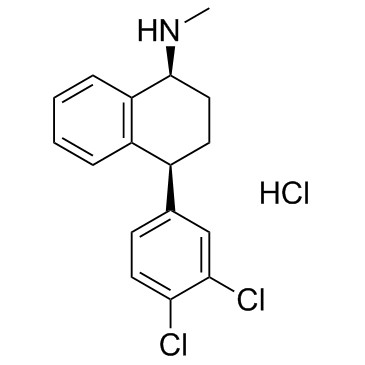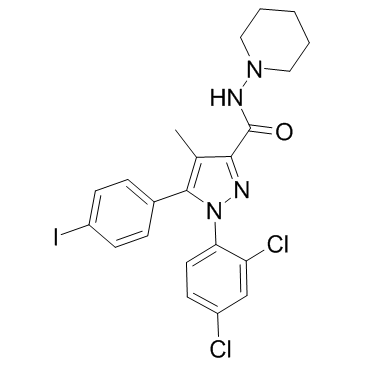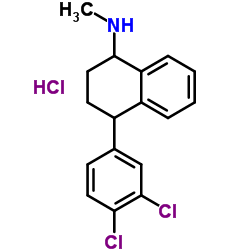| 结构式 | 名称/CAS号 | 全部文献 |
|---|---|---|
 |
盐酸舍曲林
CAS:79559-97-0 |
|
 |
1-(2,4-二氯苯基)-5-(4-碘苯基)-4-甲基-N-(哌啶-1-基)-1H-吡唑-3-甲酰胺
CAS:183232-66-8 |
|
 |
4-(3,4-二氯苯基)-1,2,3,4-四氢-N-甲基-1-萘胺盐酸盐
CAS:79617-89-3 |